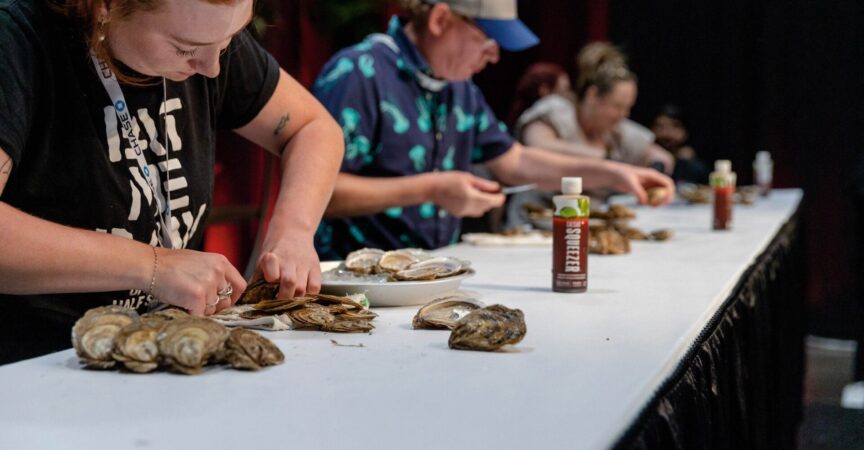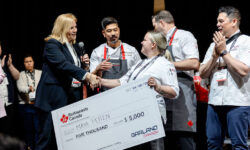Why do Foodservice & Hospitality Competitions Matter?
How industry competitions inspire and build leaders in food and drink.
The foodservice industry is no stranger to rankings. Even if the metrics are informal, most operators rate and classify many different aspects of their businesses. Restaurants know which of their dishes and drinks are most popular and most have preferred vendors for specific products, because those are ‘the best.’ Online reviews, though problematic in some respects, offer guests the chance to rate their experience and to share their opinions on ambience, service, food and drinks.
But not all restaurants are fully aware of the potential and importance of culinary competitions, and the impact they can have on employees and guests alike. The foodservice industry is full of competition at all levels, with rewards ranging from bragging rights to significant cash and travel rewards.
RC Show 22 featured coffee, sommelier, cocktail, and culinary competitions. MENU Magazine had a chance to talk to competitors, judges, volunteers and audience members to find out what makes culinary competitions exciting, appealing and persevere.

IT’S NOT JUST ABOUT WINNING; IT’S ABOUT LEARNING
SCA Canada, the Canadian chapter of the Specialty Coffee Association, runs six Canada-wide competitions as part of their mandate to raise awareness of the depth and breadth of special coffee. At the Canadian Cup Tasters qualifying competition, competitors tasted sets of “triangles”: three cups of coffee, two of which were the same. The goal is to identify the unique cup as quickly and accurately as possible. The finalists for this competition will be flown to Milan, Italy to participate in the finals.
“I compete for the education,” said Lynsey Hayes, a competitor from Sorellina Coffee in Edmonton. “This kind of competition forces you to learn, to develop your skills. It gives you the chance to taste so much coffee, to have so many sensory experiences. Besides which, it’s fun!” Another coffee professional agreed. “I’m here because I want to learn. It’s like a game, and I want to play.”
The Q1/Eastern finals of the National Barista Championship Qualifier was also held at RC Show 22, attracting baristas from coffee shops and restaurants from all over the region. It’s a rigorous competition: each participant prepares three espressos, three milk drinks and three signature beverages – all in 15 minutes. Emily Wong from White Heron Coffee was not a competitor this year but volunteered as a judge in several subcategories. “It’s my way to participate in the larger community as a whole, to give back.”
“People compete for many reasons,” said Venice, another volunteer. She has previously competed in SCA’s Latte Art competition and plans to again in the near future. “For me personally, I compete to improve my own skills, and to share with and learn from my colleagues in the industry. Coffee changes all the time. There’s always something new to learn.”
RC Show 22 was also the stage for the Sommelier Service Competition, an exacting practical skills contest in which certified sommeliers present a formal champagne service to a table full of guests – really, judges – who pepper the sommeliers with questions designed to test their knowledge, skills, and sang froid. At stake were thousands of dollars, with an all-expenses paid trip to the Piper-Heidsieck and Charles Heidsieck champagne houses in Champagne, France for the winner.
“Wine is an inherently competitive business,” says Astrid Young, Wine Director at Merrill House in Prince Edward County, Ontario, noting there are several certifying bodies and some rivalries between schools. But she thinks service competitions instill a desire to learn. “Competitions like these are a way to constantly hone your skills, to keep up with knowledge and change. What matters most is the ability to make a connection, to establish trust. Every wine has a story, and if you can tell that story well, people will be interested.”
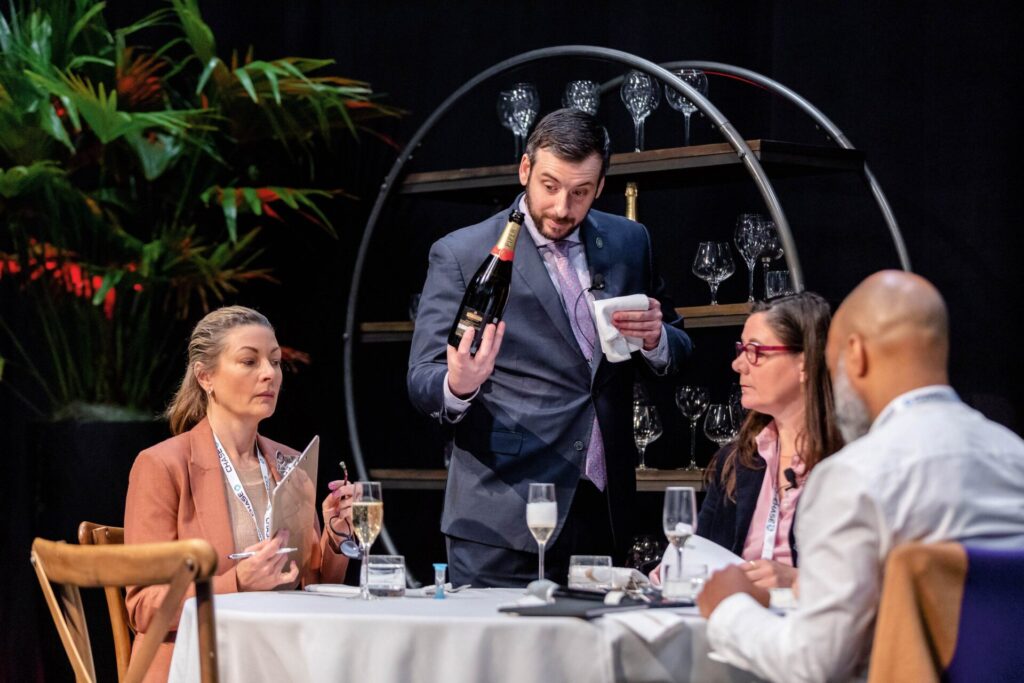
SATISFIED EMPLOYEES STAY
When the global pandemic began, the Canadian foodservice industry was facing a major labour shortage. After years of lockdowns, closures, reduced hours and uncertainty, the labour gap is larger and more fraught than ever. Operators industry wide are searching for the best strategies to attract and keep employees. While most agree that wages and benefits are of primary importance, most innovators also agree that today’s employees require more than just money to be satisfied. “Today’s employees need more than compensation,” says Jordan Ekers, COO of Nudge, a top-rated frontline employee app.
Competing is out of my wheelhouse, which means it’s a growth opportunity. You only get better with practice.– Chef Samantha Medeiros, Chef de Cusine, Casa La Palma and winner of the
2022 Garland Culinary Competition
Not to downplay that – money’s not negligible – but employees are looking for more than just wages from their efforts. People want meaningful work, to develop a sense of connection and community with their colleagues. They also want recognition, and the celebration of their achievements and milestones.” Culinary competitions offer the chance for connection, community and celebration all in one package. Chef John Higgins, Director of Hospitality and Culinary Enterprises, and Culinary Ambassador, George Brown College, witnessed that connection and celebration while judging this year’s Garland Canada Culinary Competition. He applauded the participating chefs’ collegial attitudes. “You were competing against one another but also rooting for each other. Being able to support and congratulate each other like that is marvellous.” Chef Higgins also sincerely thanked Garland for continuing to sponsor culinary competition throughout the pandemic. “When many people walked away after the last two years, Garland has kept – and even increased – their support for culinary competition and excellence.”
The theme of this year’s Garland Canada Culinary Competition was sustainability. Entrants sent videos of themselves cooking in their own kitchen with specific ingredients. The four finalists met at RC Show 22, where they had to create four plates in one hour, using all the black box items they were given, while keeping sustainability in mind.
The competing chefs all agreed that sustainability meant changing the way people think about food, both individually and as a society. They spoke about the importance of choosing local food and suppliers, of reducing food use and waste, and ensuring the work of foodservice is itself sustainable. All four finalists turned the notion of sustainability back to people and building a team that can grow together to weather tough times.
This year’s Beyond the Rail cocktail competition built teamwork right into their contest parameters, to recognize and foster a sense of creative collaboration. Participants competed in pairs, working together to create an “Ideal Celebratory Drink” and a “Show Piece,” using assigned alcohols, two ingredients brought from their home bar and two mystery items sourced from the show floor.
The competition was enjoyably boisterous, with competitors entertaining the audience, judges and one another, all while showcasing their considerable skills for $5,000 in prizes. The new format encouraged partnership between team members and between competitors and show floor suppliers. And, in the end, even between competing teams. The judges noted that when one team had a member fall ill, a contestant from a rival team stepped in to ensure their colleague would be able to compete, demonstrating the sense of community and creative collaboration that defines the industry spirit and made the past two years a little more bearable.
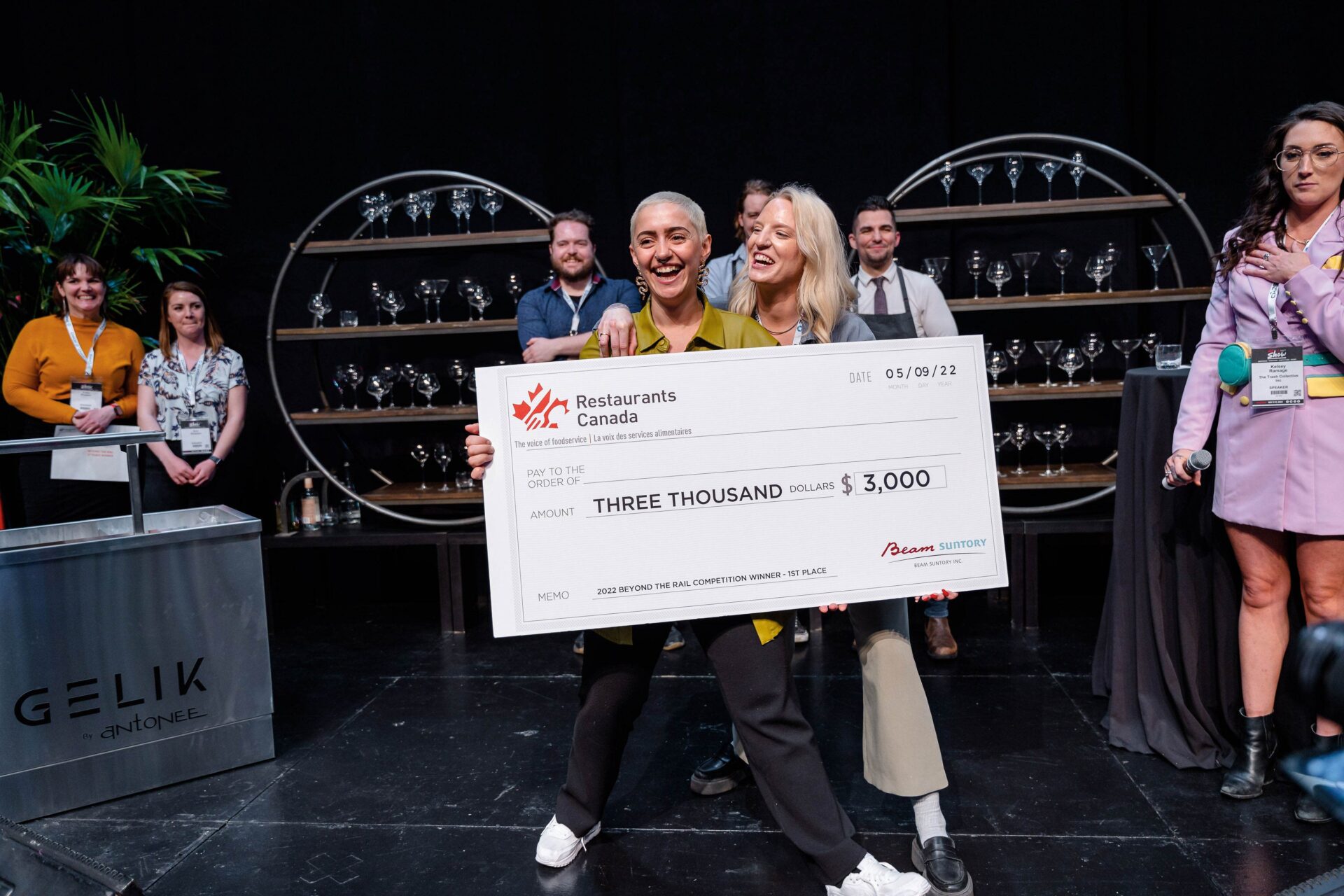
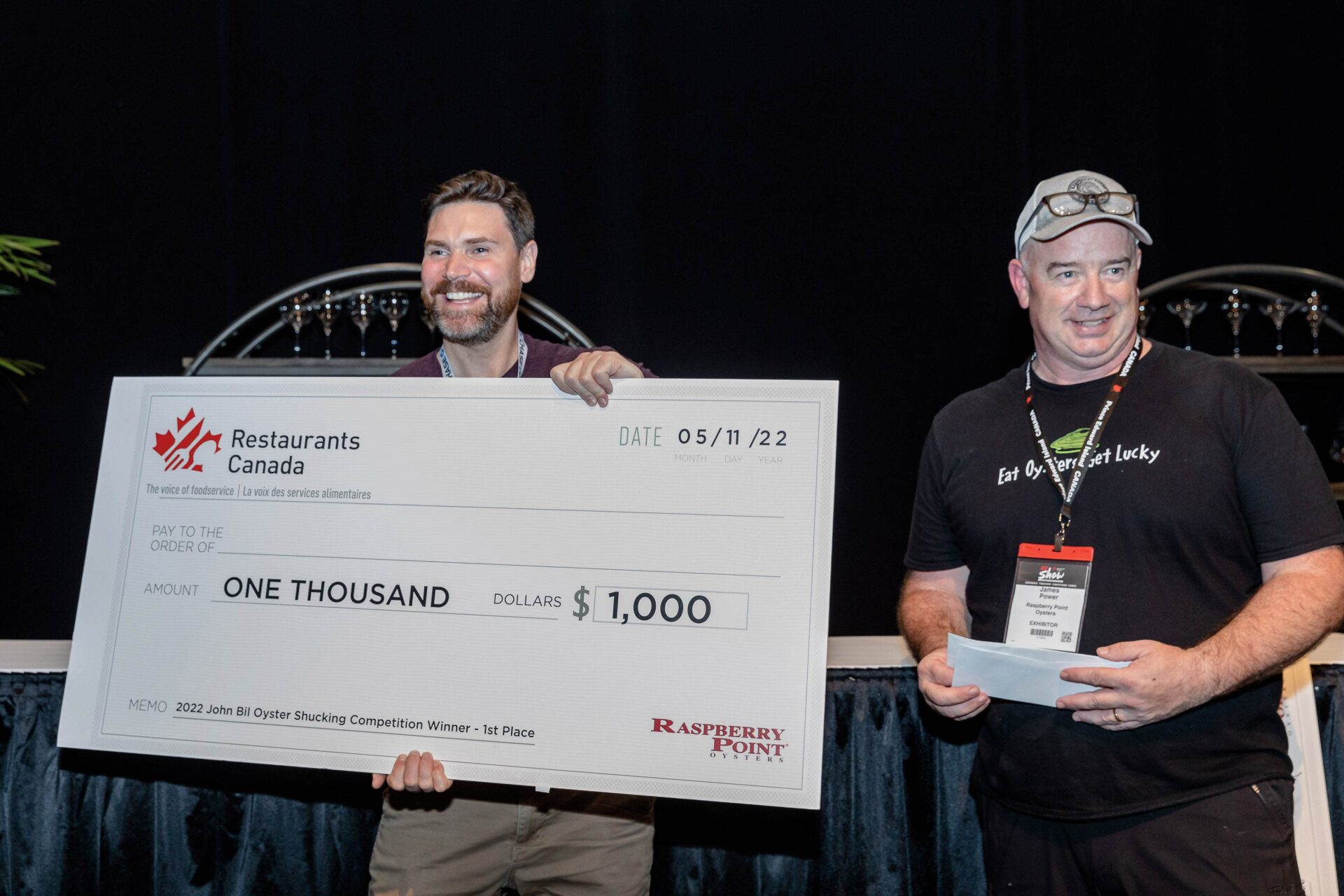
ADD TO YOUR SUCCESS STORY
There’s another, more personally profitable reason for operators to support and encourage their staff to enter competitions – the victory potential for competitors and the restaurants they represent – a valuable opportunity for publicity and promotion.
First, there’s the “wow factor”. For instance, with $10,000 in cash and prizes up for grabs, Garland Canada’s Culinary Competition is a serious stage for up-and-coming chefs to highlight their talents. Chef Zach Keeshi, owner of Nagaan, looked at the competition not as combat, but as a showcase. “I want to put Aboriginal cuisine on the map. Competitions allow me to demonstrate it, along with my own talents.”
Sponsoring staff in competitions can bring value back to the operator, paying multiple dividends. To begin with, professional education and development are key to staff engagement, and staff engagement is critical to retaining good employees. Competitions also provide a chance for owners, managers and the whole team to celebrate individual accomplishments. Everyone likes to be part of a winning team. And everyone loves a success story, including guests. It’s just good business to let customers know about the struggles and triumphs of any competing staff members. Regular guests have the chance to offer encouragement and support, and new visitors know they’re in the hands of a restaurant that strives for constant improvement.
Driving education and development, contributing to creative exploration and collaborative teamwork, and fostering worthwhile attention from staff and guests alike, foodservice competitions bring the win to everyone.
WINNERS
GARLAND CANADA CULINARY COMPETITION
1st and Fan Favourite: Samantha Medeiros, Chef de Cuisine, La Palma & Casa La Palma
2nd: Michael Roszell, Chef de Cuisine, Quaaout Logde & Spa
3rd: Zach Keeshig, Chef & Owner, Naagan
BEYOND THE RAIL COCKTAIL COMPETITION
1st: Monique Godinho & Sally Gillespie
2nd: Nick Incretolli & Madison Homewood
3rd: Katie Shewen & Erin Simpson
SOMMERLIER SERVICE COMPETITON
1st: Jose Luis Fernandez, Langdon Hall
2nd: Matt Landry, Stable House Bistro
3rd: Christophe Reitz, Quaterfoil Restaurant
JOHN BIL OYSTER SHUCKING COMPETITION
1st: John Dejong, Penny’s Motel & Après
2nd and “Cleanest Plate”: Chris Manocchio, Rodney’s Oyster House
3rd: Kelly Peck, Kickstand Communications
CANADIAN CUP TASTERS COMPETITION
1st: Paprik Liu, Phil & Sebastian Coffee
2nd: Giuliano De Vito, Subtest Coffee
3rd: Felix Cha, De Mello Coffee



